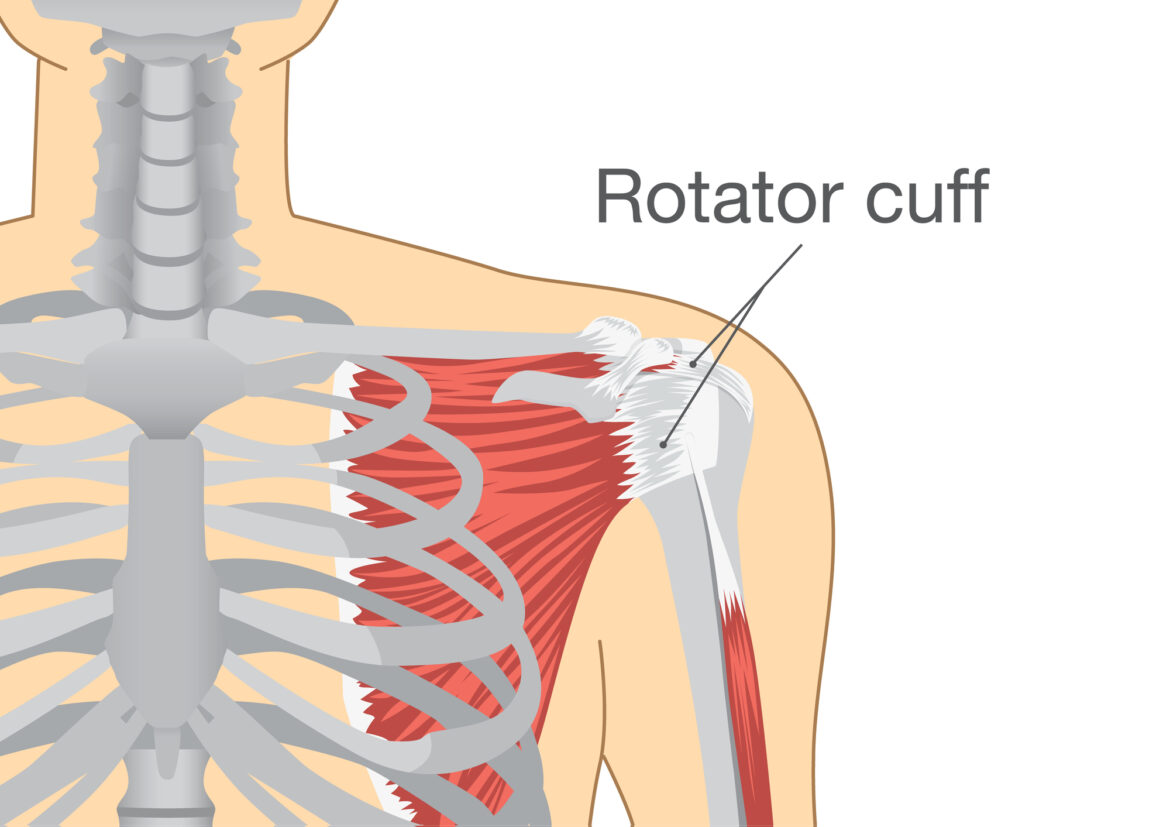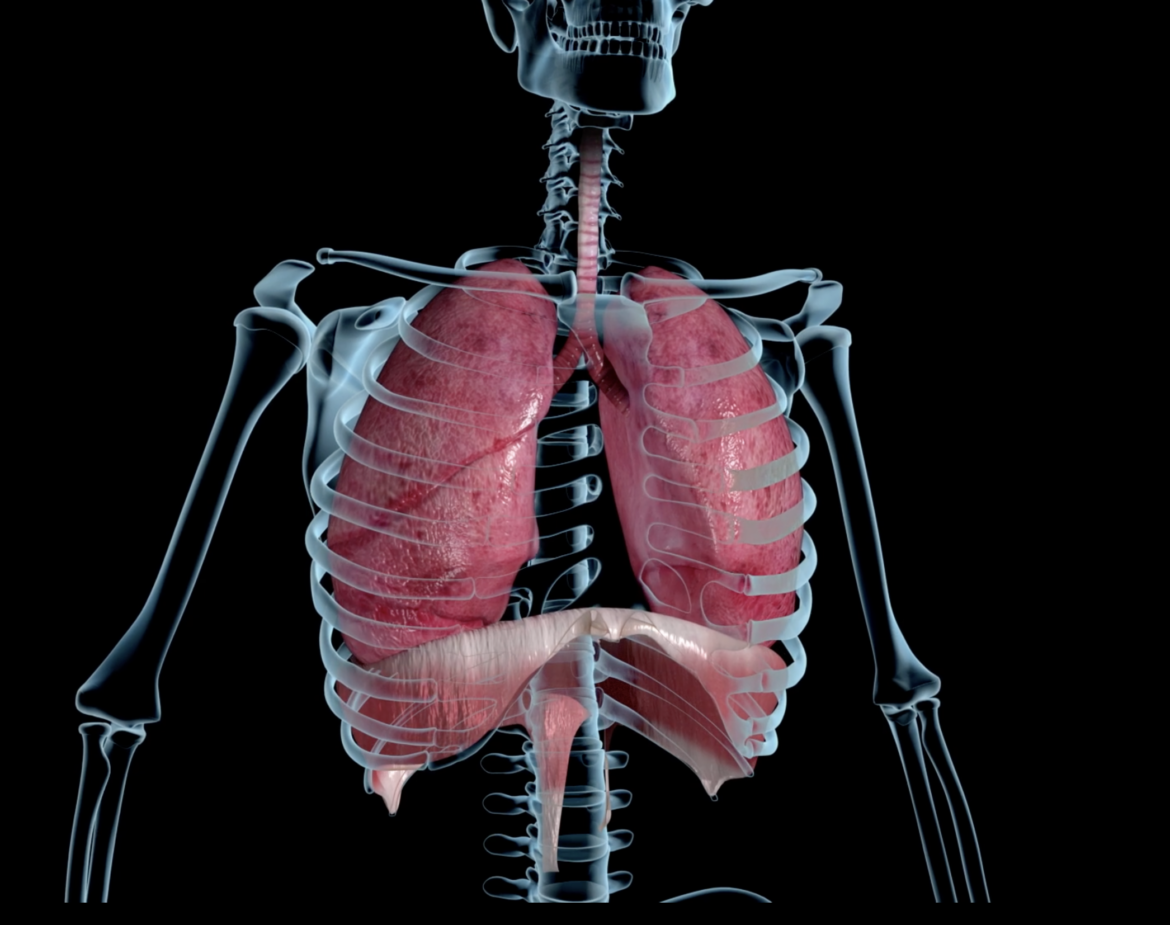The Importance of Mental Preparation for the Soccer Season
 As our Fall soccer season ramps up, much of the focus often falls on the physical aspects of the game: training drills, fitness levels, and game strategies. While these elements are undeniably important, there’s another crucial factor that often doesn’t receive as much attention – the mental side of the game. Just like our bodies, […]
As our Fall soccer season ramps up, much of the focus often falls on the physical aspects of the game: training drills, fitness levels, and game strategies. While these elements are undeniably important, there’s another crucial factor that often doesn’t receive as much attention – the mental side of the game. Just like our bodies, […] Refocus on the Four Pillars of Empower’s Lifestyle Wellness Philosophy

As we enjoy the final days of summer, it’s the perfect time to shift our focus back to a regular routine that includes a healthy dose of self-care. At Empower, our fundamental philosophy revolves around four key pillars: ThinkFUN, Get Fit, Eat Well, and Sleep Well. These pillars provide a comprehensive pathway to a healthier […]
Rotator Cuff Pathology

Another great tip from our partners in health, physical therapists – Dr. Chris Kosobucki and Dr. Daniela Ortiz-Kosobucki. We love that they share their expert knowledge and best advice for maintaining healthy, strong bodies and exercises to help common orthopedic injuries with our team and out clients! FROM CHRIS & DANIELA: The Rotator Cuff is […]
Diaphragmatic Breathing

Here is another great tip from our partners in health, physical therapists – Dr. Chris Kosobucki and Dr. Daniela Ortiz-Kosobucki. We love that they share their expert knowledge and best advice for maintaining healthy, strong bodies and exercises to help common orthopedic injuries with our team and our clients! The body’s Autonomic Nervous System has […]
How To Avoid Burnout From a Busy, Stressful Job

If you’re working lots of hours a week and have a particularly high stress, high responsibility, busy job, then you likely know how easy it is to feel burnt out and run down by your work. Luckily, the steps you need to take are pretty simple to help you have better energy, better mood, better […]
12 Days of Healthy Snacks

By now, the holiday season is in full swing. And that means holiday parties are happening, and all kinds of delicious food temptations have probably been put in front of you – even the not-so-healthy ones. Now we’re certainly not advocates for ultra-rigid restrictions on food all the time here. After all, joy is healthy […]
Health Coaching Services

Hopefully most of you have met Ben, one of our newest trainers here at Empower. If you have not however, we are happy to announce that he is now offering 1 on 1 Health Coaching sessions for all of our members! As a National Board Certified Health and Wellness Coach as well as a licensed […]
Why You Should Always Go to Bed On Time

Today’s blog is another crucial reminder to stop skimping on your sleep if you can help it. If you work a very busy job with lots of responsibility, your post-work wine and TV hours are usually a precious window of time to shut your brain off, relax, and decompress. It can be very tempting to […]
3 Tips to Eating Healthy with a Busy Schedule

Do you find your daily schedule to be pretty hectic? Are you running around all day going from one thing to the next with little time in between? For many, this means a healthy diet can fall by the wayside in place of quick, easy and convenient food. It’s also no secret that quick, easy […]
Do These 3 Things in the Morning For Better Mood and Energy

If you’ve ever struggled with morning grogginess, taking a long time to wake up and feel energized, then this post is for you. What follows is a list of a few easy to implement, zero-cost action items that will have an immediate, noticeable impact on your physiology to help you wake up and get going […]

